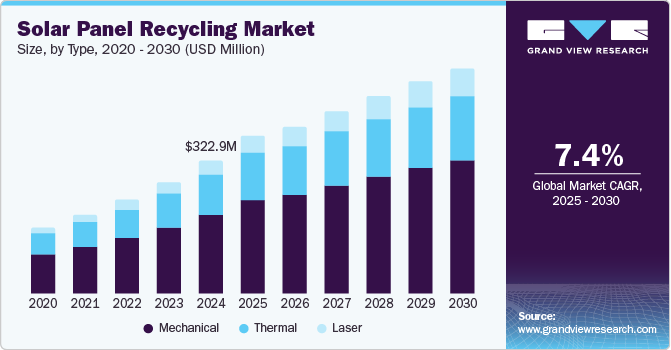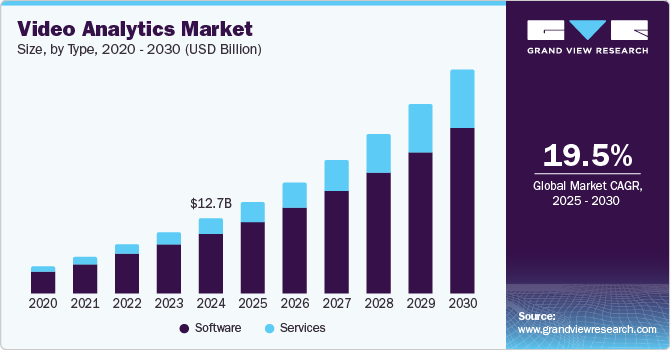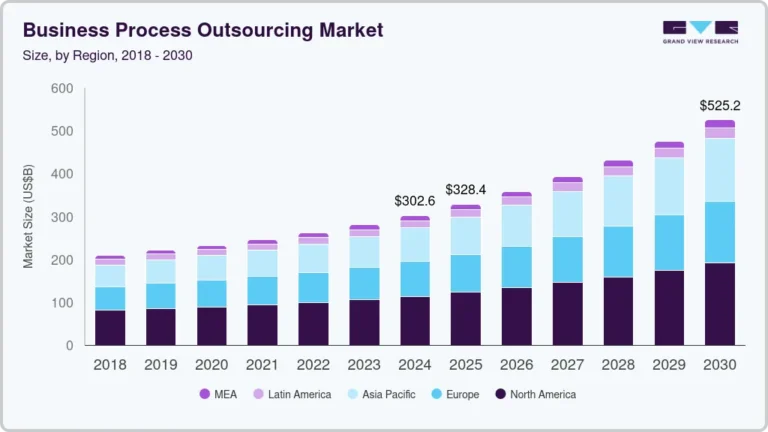Biophotonics Market Size, Share & Trends Analysis grow at a CAGR of 10.2% from 2024 to 2030

The global biophotonics market size was valued at USD 67.81 billion in 2023 and is projected to grow at a CAGR of 10.2% from 2024 to 2030. The increasing geriatric population, rising frequency of chronic diseases, growing government initiatives, increasing healthcare amends, and incorporating IT into the healthcare application are expected to fuel the market during the forecast period. The upsurge in the number of photonic components in the prevailing healthcare instruments for value enhancement and higher accuracy & sensitivity is projected to impact the market in the next few years significantly. Furthermore, the administration of environmental dynamics, including water and food sources, is further anticipated to fuel the market growth.
Request a free sample copy or view report summary: https://www.grandviewresearch.com/industry-analysis/biophotonics-market/request/rs1
Technological advancements over the past decade and their espousal in the medical sector are anticipated to drive market demand in the near future. Furthermore, the emergence of nanotechnology, coupled with the increasing demand for home-based Point-of-Care (POC) devices, is expected to spur market growth in the near future. Improvements in optical technologies in the aerospace and telecom sectors, paired with the availability of private and government funds for R&D such as NNI (National Nanotechnology Initiative), are also expected to impact market growth favorably.
Biophotonics is used to develop various optical technologies that enable the interaction of light or photons with various biological organisms, molecules, cells, and tissues. Biophotonics is classified into two categories, namely clinical applications and research. Research is further bifurcated into three categories: photo mechanics, spectroscopy, and fiber optic sensors. Photomechanics is used in dentistry to analyze the relationship between strain gradients and macroscopic mechanical stress. Spectroscopy helps in studying the interaction between radiated energy and matter. Lastly, fiber optic sensors remotely assess chemical and physical parameters.
Given that large volumes of clinical and biological data are being generated and gathered at an unprecedented scale and speed, big data technologies and machine learning are increasingly used in biomedical and healthcare research. The current analytical approaches used in biophotonics can only gather information from the surface of datasets, thereby causing the loss of critical information these datasets can provide. This has led to integrating technologies, such as machine learning and big data, to perform a detailed analysis of these datasets and obtain more useful information.
Machine learning techniques can help users detect more complex and subtle signals and particle detection. Although researchers have managed to capture very high-content images that indicate the location of numerous molecules of moving particles, some of these images tend to have very low contrast, a noisy background, and indistinct edges, thereby making it difficult to determine the accurate number of particles present in the image and necessitating to determine the precise number of particles manually. To eliminate these complexities, researchers have started using machine learning techniques, whereby the computer is trained to distinguish and determine individual particles in the image. The detailed analysis and extraction of critical information machine learning could propel the adoption of biophotonics.
Technology Insights
In-vitro accounted for the largest market revenue share in 2023 and is expected to maintain its lead throughout the forecast period. This is attributed to the increasing demand for advanced diagnostic and imaging technologies in healthcare. Government initiatives fuel market growth, for instance, the National Cancer Institute launched an innovative molecular analysis technologies (IMAT) program for improving diagnosis and treatment. Biophotonics is crucial in providing non-invasive and label-free techniques for studying biological samples, such as cells and tissues, in vitro. The growing need for accurate and efficient in-vitro diagnostics has propelled the demand for biophotonics in this segment.
The in-vivo segment is expected to register the fastest CAGR during the forecast period. The growing demand for non-invasive and real-time imaging techniques in medical diagnostics drives segment growth. In-vivo imaging technologies based on biophotonics offer the capability to visualize cellular and molecular processes within living organisms without requiring invasive procedures or sample extraction. The ability to non-invasively monitor and analyze complex biological processes in real-time drives the in-vivo segment growth in the market.






